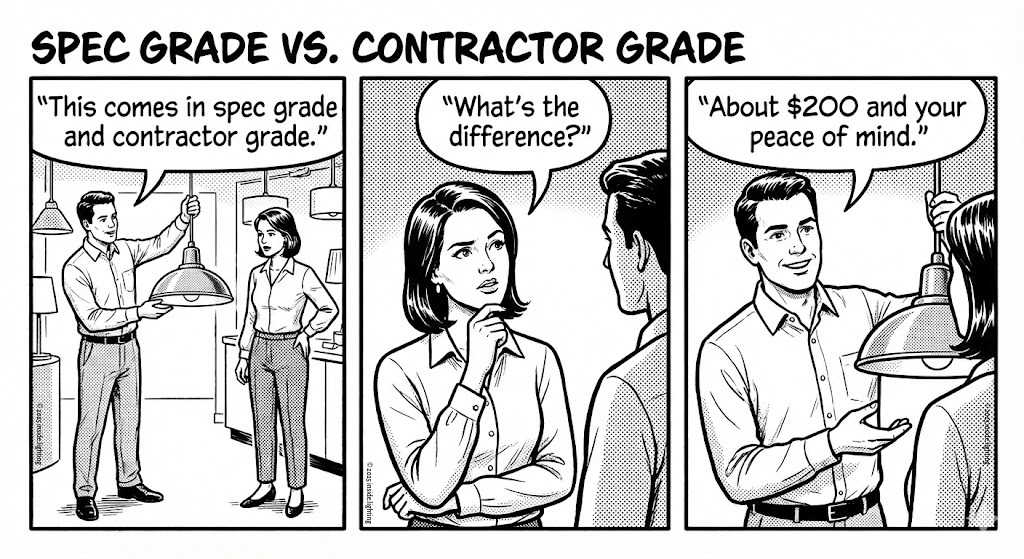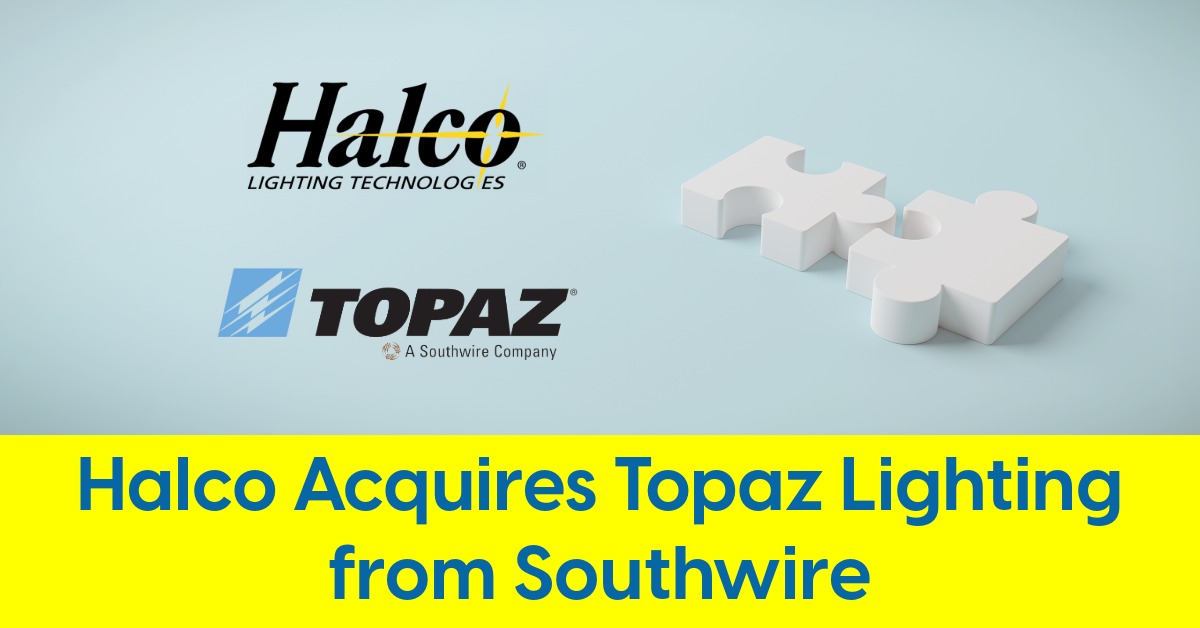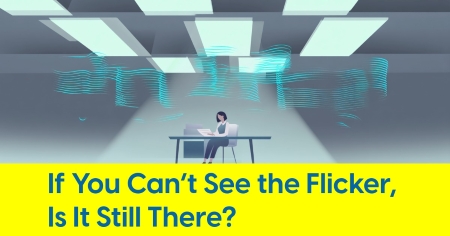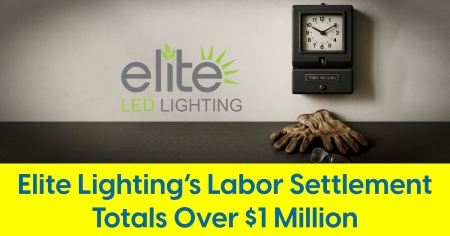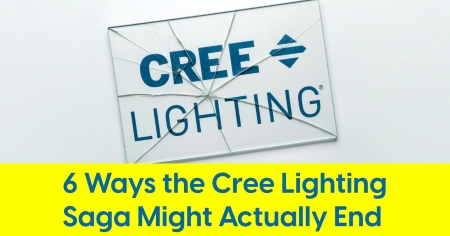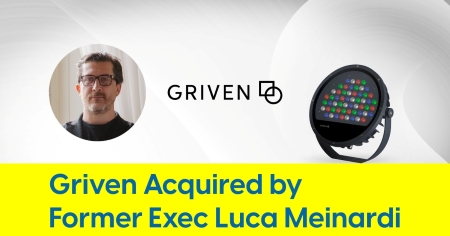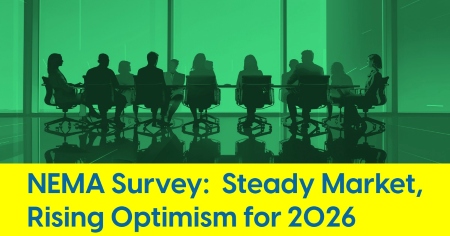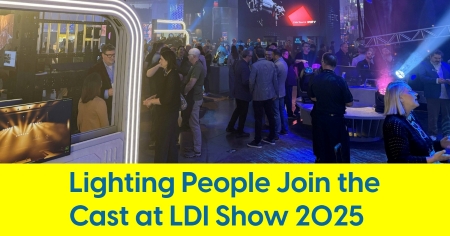October 4, 2025
5 Things to Know: October 4

How a familiar brand can become a PR liability. Plus, is LSI prepping for a big move?
Here's a roundup of some of the week's happenings curated to help lighting people stay informed.
1 . In Case You Missed It (ICYMI):
Cree LED ≠ Cree Lighting; Midstream Ltd. ≠ Midstream Inc.
A brand can be a beacon. Or, sometimes, a liability.
In an industry filled with legacy names and licensed trademarks, it’s not uncommon to find entirely separate companies using the same moniker. Names like GE, Sylvania, and Philips have long, tangled licensing histories — each now appearing on products made by different manufacturers under different ownership, depending on the region and product category. Even more niche players, like Designplan, a respected name in architectural lighting, have parallel identities, with distinct companies using the same name in different global markets.
In recent weeks, two distinct controversies have highlighted a quiet but potent risk in the lighting industry: name confusion. When two separate companies share a brand, reputational fallout doesn’t always stay in its lane.
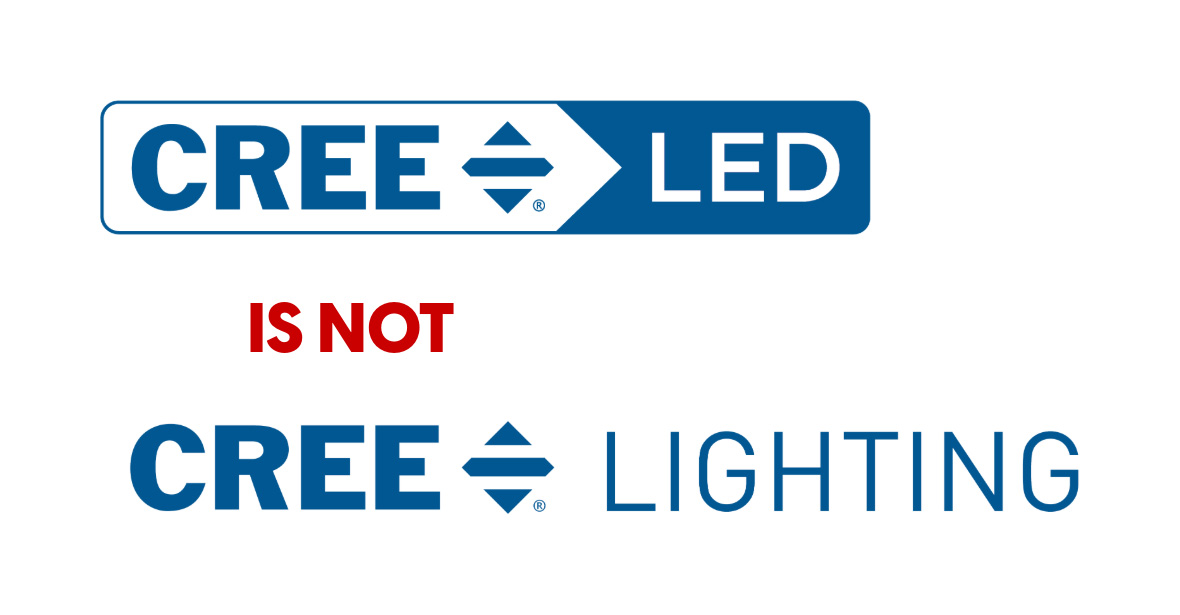
Consider luminaire maker, Cree Lighting, which announced a three-week furlough and sparked immediate confusion with components maker, Cree LED, a totally separate company that once shared the same corporate lineage. Despite distinct ownership, the similarity in name and visual identity has forced Cree LED into full-blown clarification mode, reassuring clients that it’s not the one on pause and even engaging a PR firm to help amplify the clarification.

Then there’s the unraveling of Midstream Lighting Inc., the now-bankrupt U.S. offshoot of Midstream Lighting Ltd., a UK sports lighting manufacturer. The American arm operated with shared branding, shared logos, and — according to court documents — a drastically different approach to governance. Accusations of embezzlement, self-dealing, and asset diversion weren’t made by outside whistleblowers, but by the company’s own board. The damage now spills beyond bankruptcy court, potentially muddying perceptions of its parent company in Europe.
In both cases, the non-involved companies — Midstream Lighting Ltd. in the UK and Cree LED — reached out to Inside Lighting directly, asking for help in drawing clearer lines. And we obliged. Not because we were unclear, but because we recognized that in covering serious developments like embezzlement accusations or a company-wide furlough, even precise reporting can be misunderstood in a world of quick scans and half-read headlines. We went out of our way to provide extra context, not to correct mistakes, but to avoid compounding the confusion these naming overlaps seemingly caused.
2. LSI Industries Loads Its War Chest
LSI Industries is not in distress. Quite the opposite. Fresh off a year of record sales and solid cash flow, the Cincinnati-based lighting and display manufacturer is giving itself permission to raise as much as $200 million on Wall Street.
In September , the company filed a sweeping “shelf registration” with the SEC — a legal mechanism that allows executives to move quickly, issuing stock or debt in almost any form, without waiting months for new approvals. At the same time, certain executive insiders signaled their intent to sell over 1.5 million shares. The timing may prove fortuitous as LSI Industries shares are trading close to their all-time high of $25.50, set in January.
The move comes weeks after LSI reported 12% sales growth in its most recent quarter and the successful integration of two acquisitions in as many years. Debt remains modest. Dividends continue. That makes the timing striking.
In the lighting industry, a shelf of this scale isn’t housekeeping — it’s a signal. It could be a prelude to fresh deals, an aggressive expansion strategy, or something else not yet on our radar. What’s clear: LSI wants to be ready when the next opening arrives.
3. Where’s The Funding (WTF)? Did the L-Prize disappear?
For those who watched LEDs rise from novelty to norm, the original L-Prize was a defining moment. Backed by the U.S. Department of Energy, it awarded $10 million to Philips in 2011 for a breakthrough 10-watt lamp that helped retire the 60-watt incandescent. A decade later, a rebooted L-Prize promised to push the envelope again — with new categories, broader goals, and a $12 million prize pool.
Two L-Prize phases came and went, awarding $2 million to teams like Signify, Leviton, Lightly, Autani and McWong. Then, silence. Since January, the final phase — the Manufacturing and Installation track — has sat in a holding pattern. So has the $10 million associated with the final phase. Despite multiple inquiries by Inside Lighting, DOE’s press office has gone dark.

And sometime in March or April, just as the new Department of Government Efficiency (DOGE) was making regular headlines for federal budget tightening, a disclaimer quietly appeared on the L-Prize page, noting that all prize challenges are “under evaluation.” The disclaimer also appears under the Algae Prize and Geothermal Heat Pumps Prize, for those keeping score.
We’ve heard from industry players still eager to compete but increasingly skeptical that this will restart anytime before 2029, if ever.
4. Neon Legacy Turns to LED in Las Vegas
In a captivating report by KLAS 8 News Now in Las Vegas, reporter Denise Valdez takes viewers inside the century-old sign-making legacy of YESCO—Young Electric Sign Company — the family-run operation behind some of the most iconic visuals in the City of Lights.
From Circus Circus to the El Cortez and The Sphere, YESCO’s fingerprints are all over the Vegas skyline. The piece chronicles the company’s evolution from handmade neon artistry to massive, data-driven LED displays. While much of the industry has shifted to sleek, efficient LEDs, the story doesn’t skip over the human element: YESCO once had 40 glassblowers bending neon by hand. Today, just six remain.
The report is more than nostalgia. It’s a look at how design, craftsmanship, and technology intersect to create public identity — and how one company has managed to ride each new wave without letting go of its roots.
Whether you're deep in the weeds of commercial lighting or just curious about the power of storytelling through light, this segment offers a rare and thoughtful look at lighting’s cultural impact through the lens of a company that’s lit up Vegas for over 100 years.
5. A Small Win (W) for a Chicago Distributor
Inside Lighting was the only industry news outlet to report on the layoffs and subsequent bankruptcy at Touché Lighting Control, the Indiana-based controls manufacturer that entered Chapter 7 liquidation in March 2025.
While court filings list few assets of notable value, one was accounts receivable—unpaid invoices from customers. Now, one of those customers, KE Electric Supply of Chicago, Illinois, has negotiated a court-approved settlement with the bankruptcy estate. According to documents filed September 29, KE Electric will pay $12,000 to settle its outstanding balance with Touché — less than half the $25,309 originally owed. In return, KE is released from any further claims related to the debt.
It’s a rare win in a bankruptcy process that has left many agents and vendors with nothing. With over $2.5 million in liabilities and less than $230,000 in assets, most unsecured creditors will likely recover only pennies on the dollar — if that.
For KE Electric, the settlement avoids drawn-out legal uncertainty. For others, it may offer a precedent: in the wake of a vendor collapse, early negotiation can be the cleanest way out.
